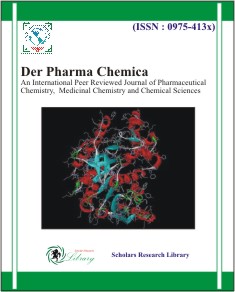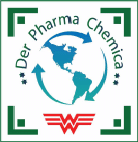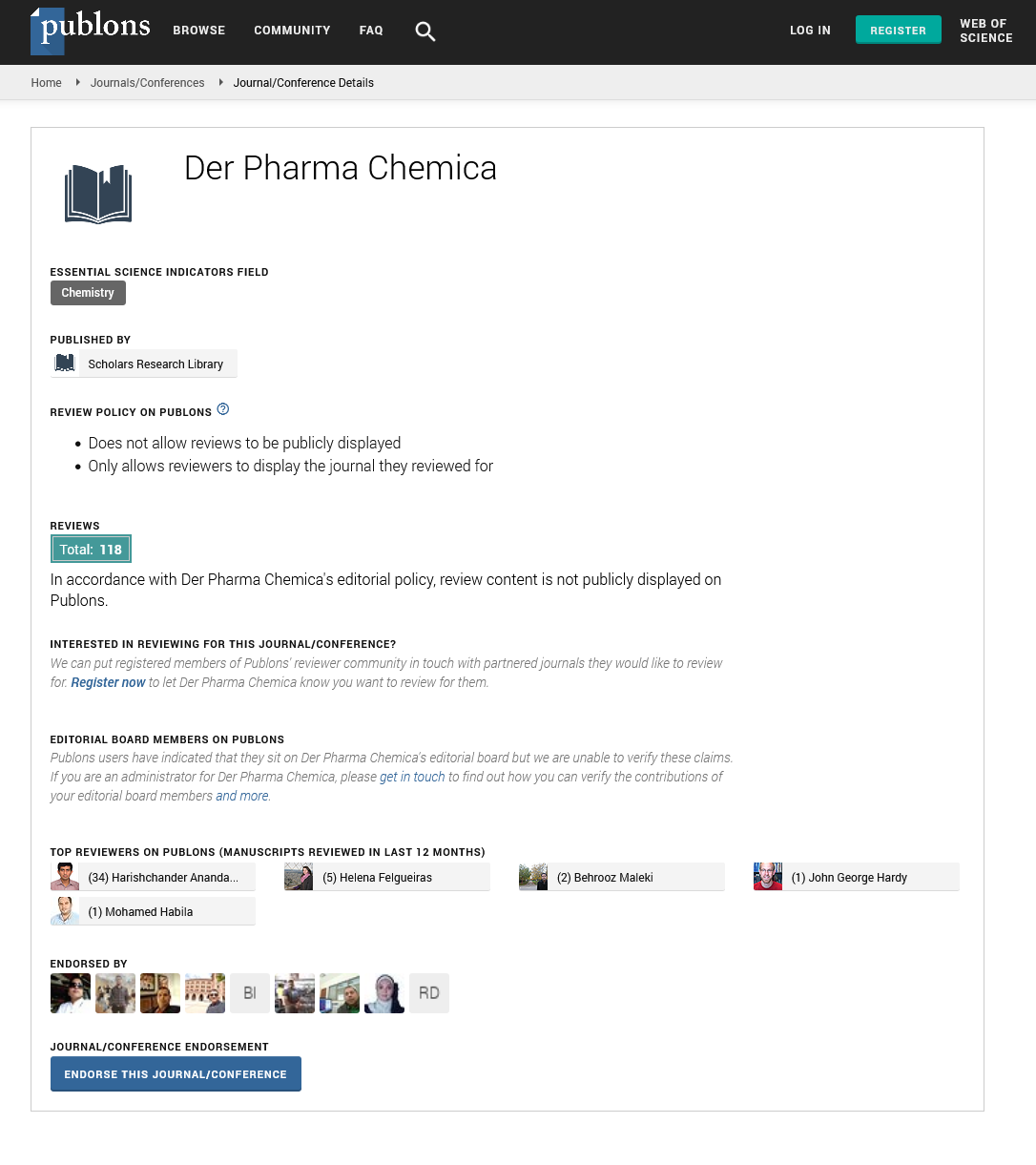Abstract
Impurities Profiling of Method Development and Validation of Etravirine (ETR) in their Dosage Forms by Chromatography Method as Per International Conference on Harmonisation Guidelines
Author(s): Nirav R. Soni* and Pragnesh PataniObjective: An accurate, precise, rapid and economical reverse phase High Performance Liquid Chromatography (HPLC) method has been developed and validated for the estimation of etravirine in pharmaceutical dosage forms, using PDA detector.
Method: Elution was carried out using a mobile phase-A and B consisting of HPLC grade and flow rate was set on 1 ml/minute at 310 nm wave length. The retention time for Etravirine (ETR), impurity-1 and impuriey-2 was found to be 15.813, 12.043 and 17.704 respectively minutes.
Result: Analytical method was developed using HPLC Shimadzu (with power stream) gradient chromatographic technique. Data were passed through the spinchrom software. Separation was achieved on Xselect HSS T3 (150 × 4.6 mm, 3.5 μm) column and using mobile phase A (Buffer) was used at pH 4.0 and mobile phase B (Methanol: Acetonitrile: Water (90:5:5 v/v)) by gradient programme. Flow rate was maintained at 1 ml/min with 310 nm PDA detection. The Retention Time (RT) obtained for Etravirine (ETR), impurity 1 and impurity 2 was at 15.813 min, 12.043 min and 17.704 min respectively with injection volume 10 μL and the detection was made at 310 nm. The % recovery of impurity-1 and impurity-2 observed was above 90% from LOQ level to 150%. The correlation coefficient r2 was 0.9993 for impurity-1 and 0.9997 for impurity-2. The method was found unaffected by change in method variance during the robustness study. During the stress study with acid, base, peroxide and temperature, maximum degradation was observed with peroxide indicating the sensitivity of the molecule toward oxidative stress.
Conclusion: The developed method is precise, accurate, robust and linear and hence can be routinely used for the related substance analysis of metformin hydrochloride and teneligliptin hydrobromide hydrate tablet in the quality control laboratory at manufacturing site during the commercial manufacturing. Results of all validation parameter were within the limits as per International Conference on Harmonization (ICH) guideline.
Select your language of interest to view the total content in your interested language
Google Scholar citation report
Citations : 15261
Der Pharma Chemica received 15261 citations as per Google Scholar report
Der Pharma Chemica peer review process verified at publons



